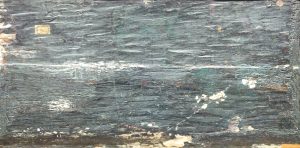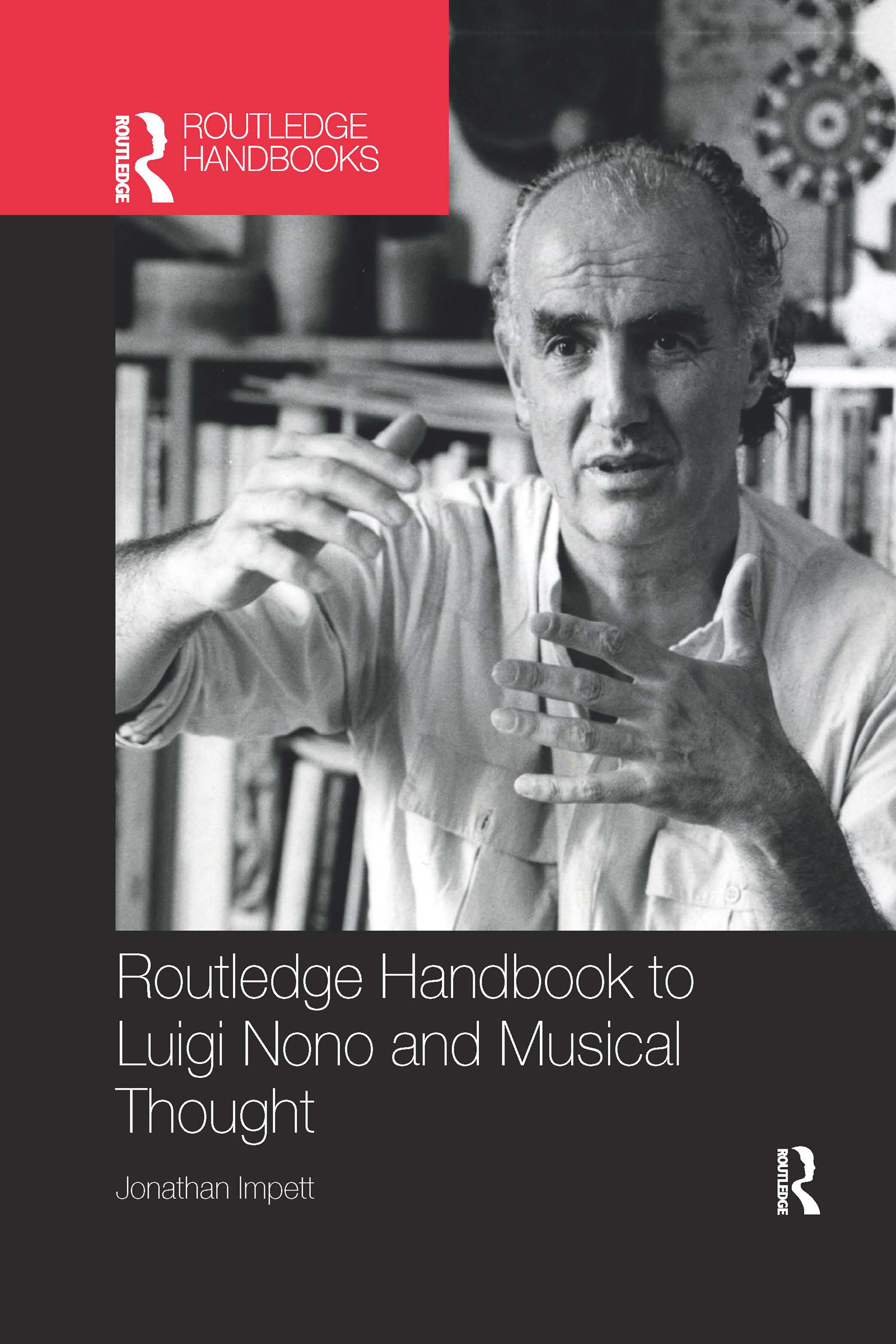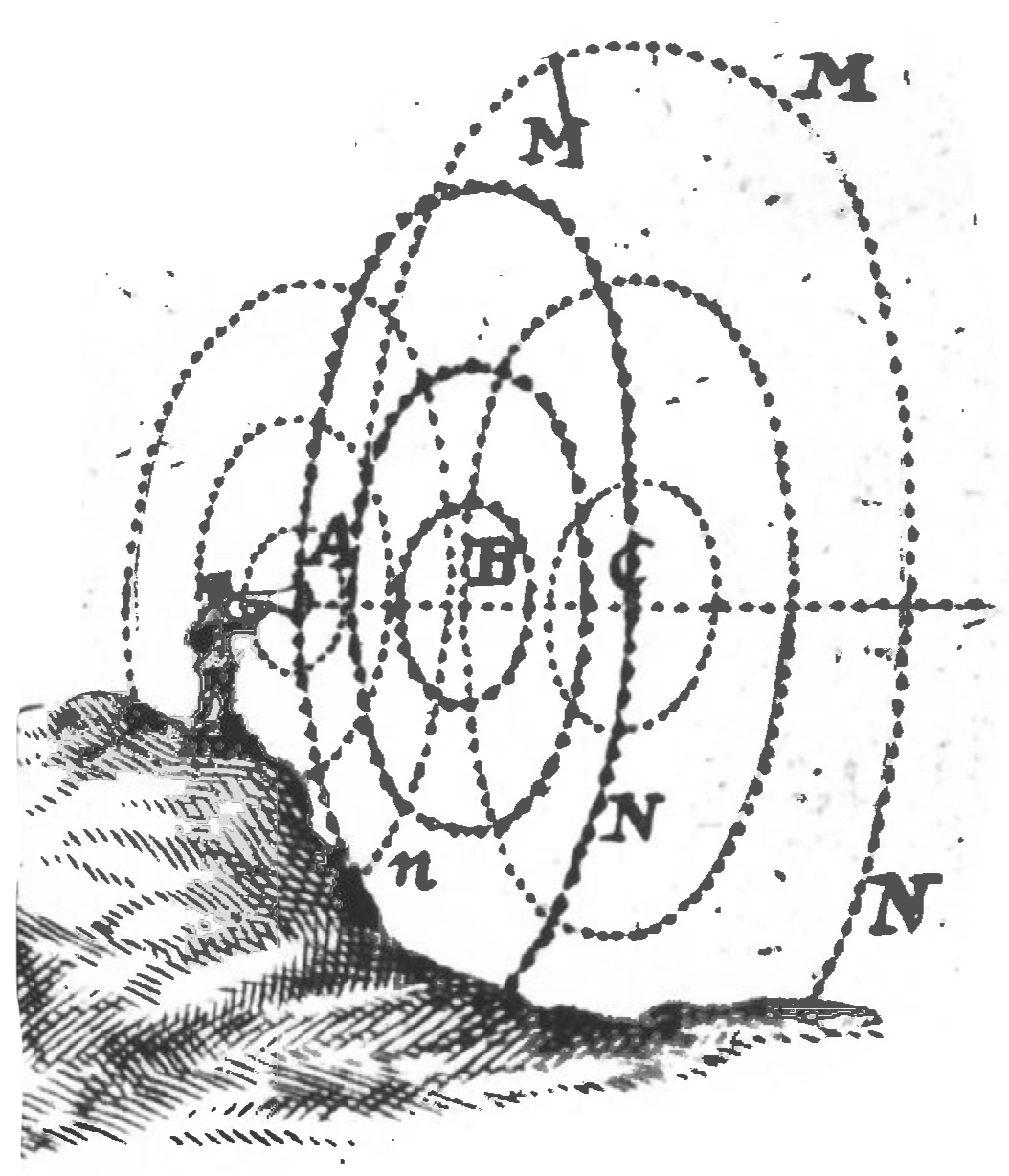Writing

“Nows, Thens and Truths”. In M. Mitchell (ed.) Early Music in the Twenty-first Century. New York: Oxford University Press. (2024)
“New Mimesis: Introduction”. ECHO: 4. doi.org/10.47041/JFPI1409 (2023)
“Intelligent company: the ascription of human behaviour in real-time systems”.
In R.A. Trillo and M. Poliks (eds.), Choreomata: Performance and Performativity after AI. pp. 219-239. London: Routledge. (2023) doi.org/10.1201/9781003312338-11
“Virtue restored, virtue shared”. In L. Devenish and C. Hope (eds.) Contemporary Virtuosities. pp. 14-28. London: Routledge. (2023) doi.org/10.4324/9781003307969-2
Sound Work: Composition as Critical Technical Practice. Edited volume. Leuven University Press (2021). Chapter: “Dissociation and interference in composers’ stories about music: the renewal of musical discourse”.
“Music, Thought and Intuitive Technology”. AI & Society (Springer Nature). (2021)
“Artistic Research and Music Technology”. In P. de Assis and L. d’Errico (eds.) Artistic Research. London: Rowman and Littlefield. (2019)
Artistic Research in Music: An Introduction. MOOC. EdX/Leuven University. Course designer, author, presenter (2019)
The Routledge Handbook to Luigi Nono and Musical Thought. Monograph. London: Routledge. (2018)
“Thought, technology and performance: lessons from the future”. Music & Practice 6 (2018)
Discipline and Resistance: Artistic Research and Music. Edited volume. Leuven University Press (2017). Chapter: ”The Contemporary Musician and the Production of Knowledge: Practice, Research, and Responsibility”.
“Folto giardino: hearing, overhearing, remembering and forgetting”. Leonardo Music Journal 27 (2017).
“Making a Mark: The Psychology of Composition”. In S. Hallam The Oxford Handbook of Music Psychology (2nd. ed.) Oxford: OUP (2015).
“Speak – Active Sound-Space and the Performer”. Re-new Digital Arts Forum, Copenhagen (2013).
“The perception of potential: interference, dimensionality and knowledge”. In Liò et al (eds) Advances in Artificial Life – ECAL 2013. 1126-1131. Cambridge MA: MIT Press (2013).
“Interaction, Simulation and Invention”. In E. Carayanni (ed.) Encyclopedia of Creativity, Invention, Innovation, and Entrepreneurship. Berlin: Springer (2012)
“What are we making? The work-without-content in live computer music”. Proceedings of the International Computer Music Conference 2011.
Arnold Schönberg, Variationen für Orchester op. 31, partitura analizzata da Luigi Nono (N.
Schönberg, ed.) (translation) Venice: Colophon (2011).
“Let’s Dance Architecture: Improvisation, Technology and Form”, Leonardo Music Journal 20: 85-88 (2010).
“Being Itself: Improvised electronic music as simulation, interface and shadow-maker” in M.Battier (ed.) Actes EMS08. Paris: GRM. (2009)
“Die Tragödie des Hörens”. Musik und Äesthetik, 48: 22-36 (2008)
“Shadow-boxing: Sequenza X”. In S. Halfyard (ed.) Berio’s Sequenzas. Aldershot: Ashgate (2007)
“The Tragedy of listening: Nono, Cacciari, critical thought and compositional practice”. Radical Philosophy, 125, 29-36. (2004)
“Interaction, simulation and invention: a model for interactive music”. In Bilotta, Miranda and Todd (eds.) (2001) Artificial Life Models for Music Applications, pp.108-119. Cosenza: Bios.
“Hypermusic and the Sighting of Sound: a nomadic studio report”. In Proceedings of the 2001 International Computer Music Conference. San Francisco: ICMA (2001)
“Situating the “invention” in interactive music”. Organised Sound, 5(1): 27-34 (2000)
“Modelling emergence in an interactive music system”. International Journal of Computing Anticipatory Systems, Vols. 3/4 (1999)
“Real Times: Implementing a Temporal Phenomenology in an Interactive Music System”. P.Walmsley and P.Wolfe (eds.) Proceedings, Cambridge Music Processing Colloquium (1999)
“The identification and transposition of authentic instruments: musical practice and technology”. Leonardo Music Journal 8: 21-26 (1998)
“Modelling the Dynamics of Musical Engagement”. D. Canamero (ed.) Emotional and Intelligent: the Tangled Knot of Cognition: 98-102. Menlo Park: American Ass. for Artificial Intelligence Press (1998)
“Musical transaction and interactive emergence”. A. Camurri (ed.)Proceedings, Kansei: The Technology of Emotion. Genova: AIMI (1997)
“Projection and interactivity of musical structures in Mirror-Rite”. Organised Sound 1(3) (1996)
“A Meta-Trumpet(-er)”. Proceedings of the 1994 International Computer Music Conference, San Francisco: ICMA (1994)





